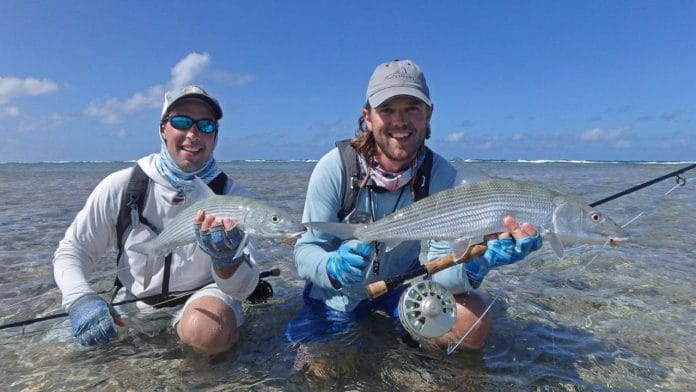Fly Fishing can be one of the most frustrating and intimidating styles of fishing to learn. But it is one of the most rewarding once you’ve nailed it! I will take you through a guide of what you need to know as a beginner to get started in fly fishing.
How To Get Started
So you have decided to join the world of feather chuckers. The biggest part of starting out is getting the technique right from the get-go as bad habits in fly fishing are hard to unlearn. This is why I highly recommend spending a bit of money on a fly fishing school like Aussie Fly Fisher. They offer classes for up to 5 people per instructor and classes for beginners and intermediates. Aussie Fly Fisher also offers guided fly fishing trips.
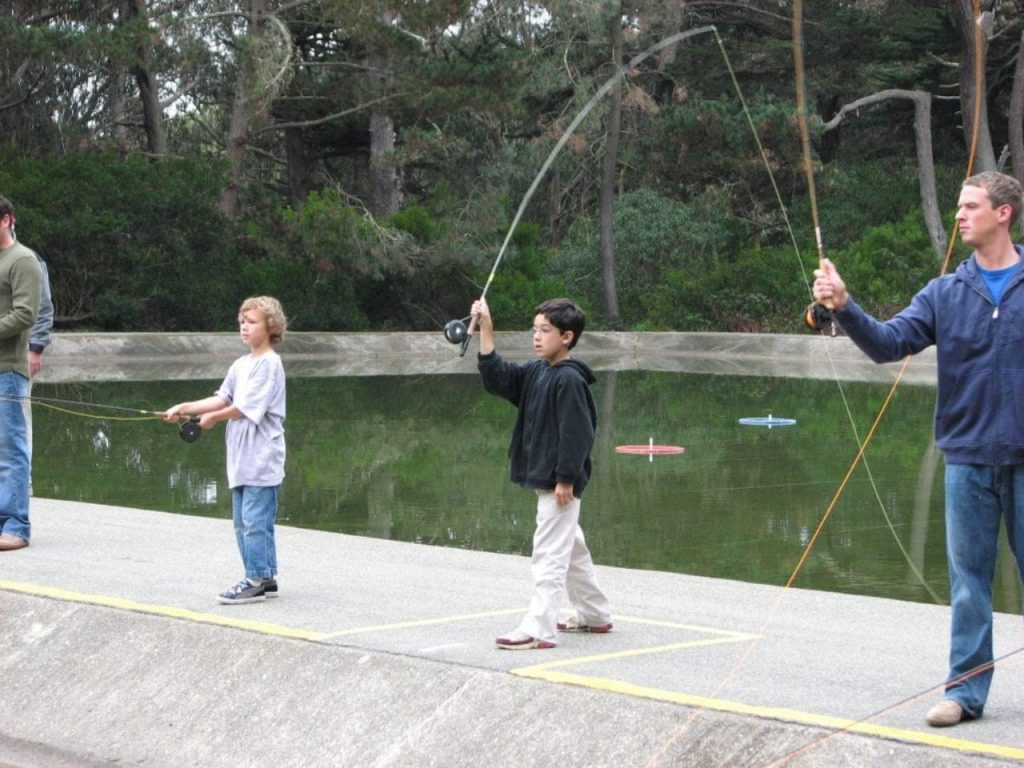
Fishery
Now that you are a master of the technique, there is no point buying a 12wt set-up if you’re chasing stream trout. Instead, do a bit of research on what you want to chase and what is around your area, then match the gear to the fish you are going to chase.
I have listed some useful information below to lead you in the right set-up direction.
- 1wt – 3wt Small fish such as stream trout.
- 4wt Medium-sized freshwater fish like trout in bigger water ways.
- 5wt – 6wt Larger freshwater fish in lakes and medium sized estuary fish like bream. Also great for trout fishing in windy conditions.
- 7wt – 9wt For your bigger and angrier estuary fish like mangrove jack and barramundi. Also your flats fish like permit or bonefish.
- 9wt-10wt For your bigger fish on the flats and great high wind conditions.
- 11wt – 12wt For large and angry fresh water species like the black bass or most of your reef species.
- 13wt – 16wt For your big saltwater species.
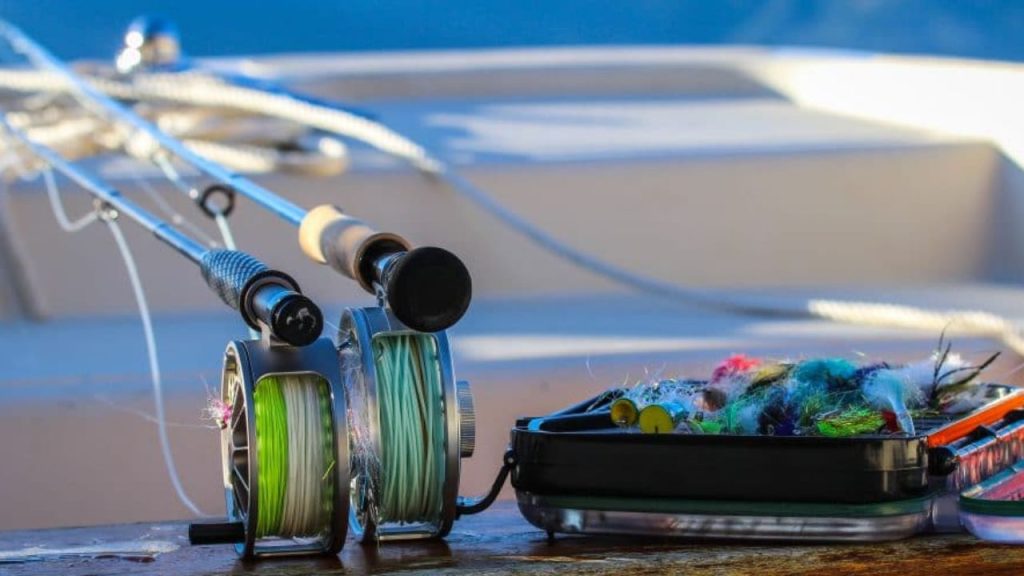
Understanding Your Fly Fishing Gear
Fly fishing is a completely different creature compared to conventional fishing. Understanding your rod, reel and fly line is of the utmost importance for success in becoming a wizard.
Rod & Reel
When it comes to choosing a rod, there is a ridiculous amount of options for each weight. For a beginner, we don’t have to go too much into this and focus more on understanding the “weight”. The weight of a fly rod and reel is determined by the weight of the line it is constructed to handle. The reel will be made to fit the weight of the line.
Fly Lines & Backing
Seeing as the world can’t agree on a universal source of measurement (as it’s either metric or imperial) fly fishing manufacturers adopted their own universal measurement of weight for fly lines. This is done by weighing each of their fly lines from #1 being the lowest and #14 being the highest.
The majority of fly lines are 27 meters (90 feet) and are made up of three different sections; the head, the taper and the running line. The associated weight of the reel will match the line to carry the 27 meters (90 feet) and between 100 yds (90 meters) on your smaller reels to 275yds (250 meters) of backing – which is advised to use either Dacron or Gel-spun poly. Some fly fishers do use braid but it can be incredibly dangerous.
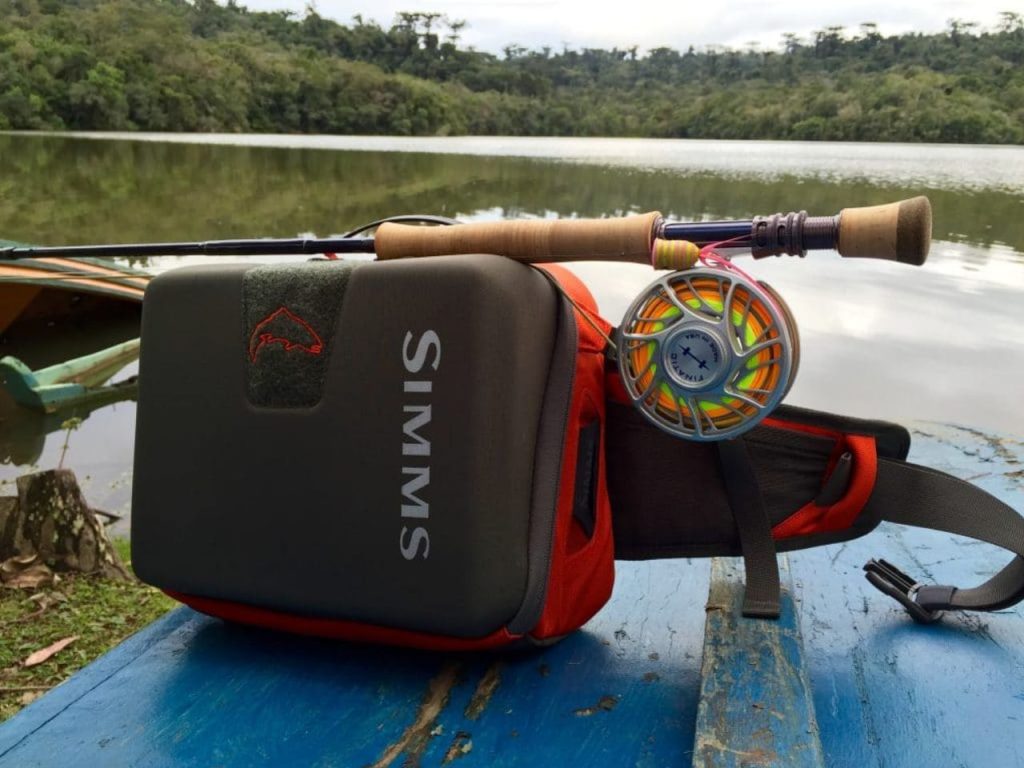
Knots to learn for Fly Fishing
When you are starting out, you don’t need to know every knot that was ever invented for fly fishing but here are 3 that will cover all your needs.
Uni Knot
To keep it simple, let’s start with the all-rounder. The ‘uni knot’. You’re going to want to be quite acquainted with the uni knot as this is a knot you can use for your fly line to connect and also the fly to leader.
Arbor Knot
Used mainly to attach the backing to the reel, the ‘arbor knot’ can be used in conventional fishing sell to attach the line to the spool.
Albright Knot
A lot of conventional anglers know the ‘albright knot’ from before the PR knot or FG knot was created for tying their leaders to braid. For the same reason, we use it in fly fishing to tie two lines of different diameters together. For example, fly line to leader or fly line to backing. The knot will go through the guide without being caught up.
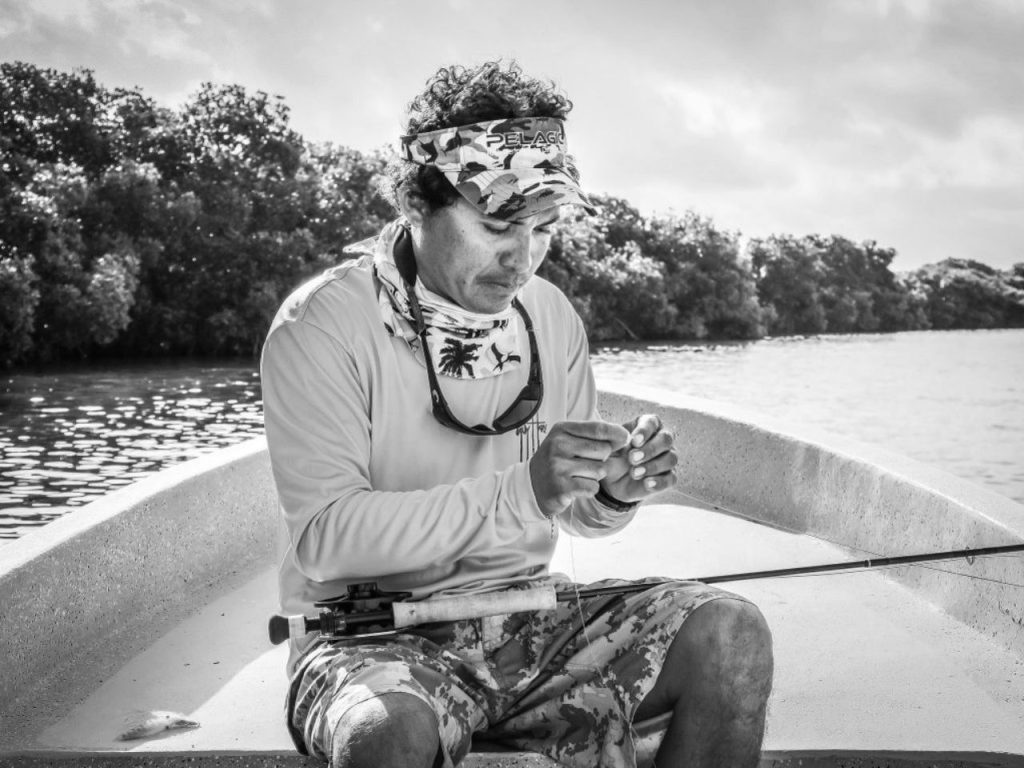
Match the Hatch
Match the hatch is used over every type of artificial lure fishing when trying to work out what the fish is eating. The term actually does come from trout fly anglers when there were different insects hatching at the same time and they would have to watch the trout to see exactly what they were honing in on the most.
With fly fishing, the size of the fly is of utmost importance especially for your freshwater fish and then the pattern of that insect or fish that the fish are eating at the time.
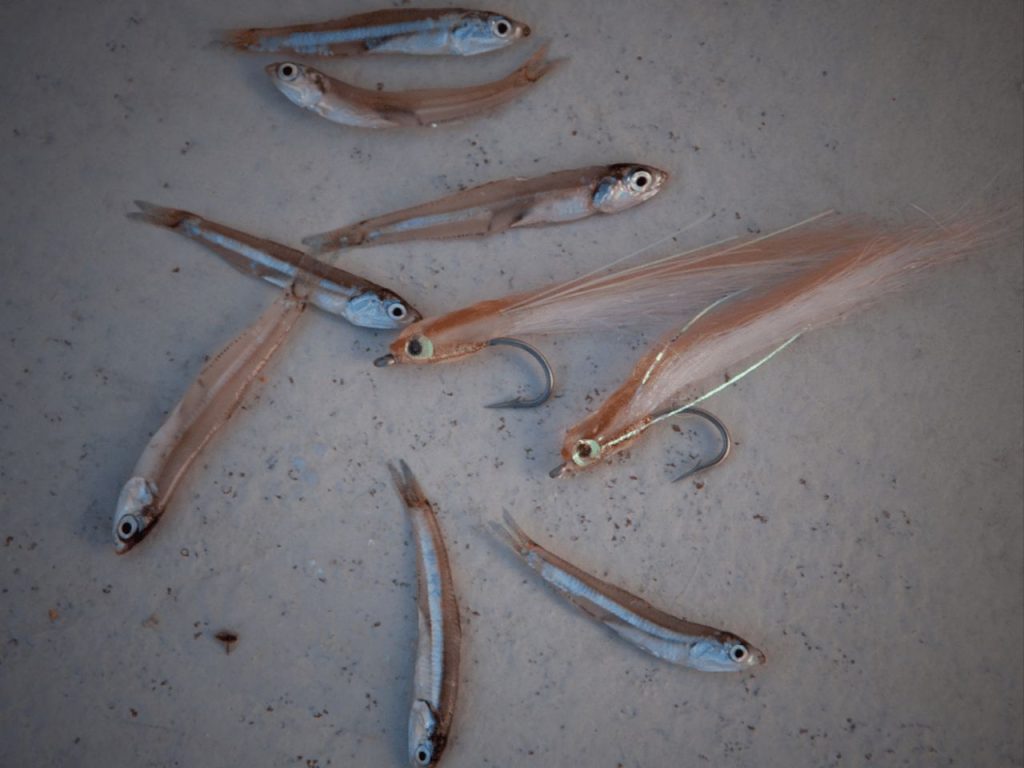
Never Give Up
Fly fishing can be extremely frustrating when you are starting out but if you set your mind to it and just keep pushing (with guidance from a couple of instructors or guides) when you do catch that first fish, it will be one of the most memorable fish you will ever catch.
Now that you have all the information you need, have a go and be sure to let us know how you went in the comments section. For more How Tos, click here!
You may also like:
- The Art of Slow Jigging vs Light Jigging with Dean Silvester
- Sustainable Sport Fishing: 3 Simple Steps to Manage your Sport Fishery
- Water Safety Tips for Anglers: How to Stay Safe While Fishing
- Understanding your Barometer. Top 5 tips to catch you more fish!
- Lobster Catch and Clean with Vicky Stark
- Keep bait lasting longer. Brooke Frecklington shows you how!
- Catch More Fish: How Often To Change Lures While Fishing?

